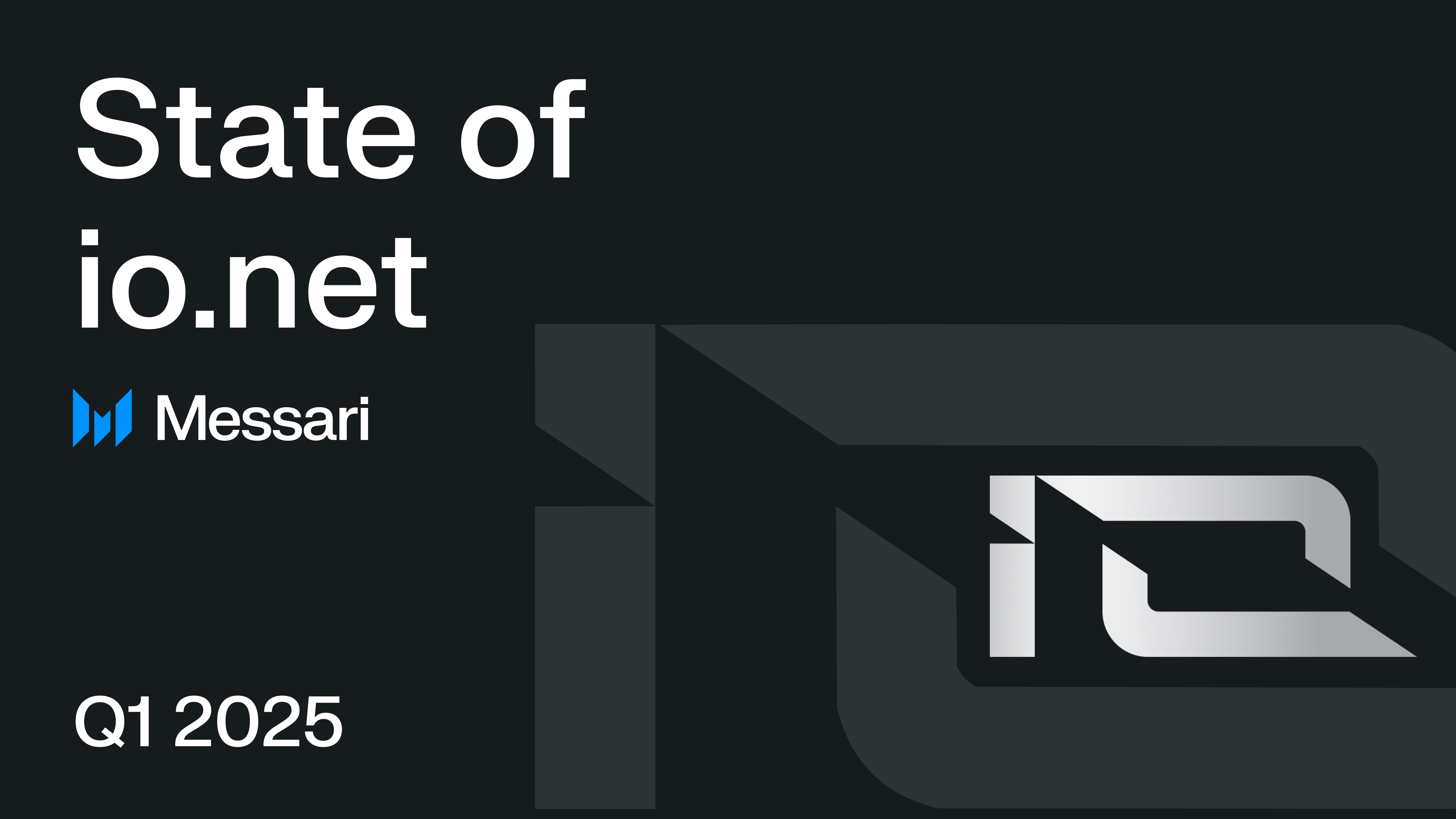Top Altcoins to Buy and Hold for Long Term: Qubetics, Bittensor TAO, and Arbitrum
The cryptocurrency market is witnessing a surge in innovative projects that promise long-term value for investors. Among the top altcoins to consider are Qubetics, Bittensor TAO, and Arbitrum. Qubetics is making waves with its presale of $TICS tokens, having raised over $9.3 million by selling more than 413 million tokens. This project focuses on real-world asset tokenization, allowing investors to own fractions of physical assets like real estate and art, thus democratizing investment opportunities. Analysts predict significant returns following its mainnet launch, making it a compelling option for long-term holders.
Bittensor TAO is revolutionizing the artificial intelligence landscape by creating a decentralized network that allows anyone to contribute to and benefit from AI models. Unlike traditional AI systems dominated by tech giants, Bittensor fosters an open environment where developers can train and deploy models while users gain access without centralized barriers. This approach not only democratizes AI but also presents a lucrative investment opportunity as the technology becomes increasingly integrated across various industries, positioning Bittensor as a top altcoin for the future.
Lastly, Arbitrum addresses Ethereum’s scalability issues through its innovative optimistic rollups technology, enabling faster and cheaper transactions without sacrificing security. This has made it a favorite among developers and users alike, as it supports the development of decentralized applications (dApps) that enhance user experience. With its strong community focus and growing ecosystem, Arbitrum stands out as a solid investment choice among the top altcoins. Together, these projects represent significant opportunities for investors looking to build a robust crypto portfolio for the long term.
Related News





